January 2025 Roundup - Cruel for me Mule
Not unlike a digital cowboy, I like to round up a herd of games at the end of the month and write about them, here's some of the highlights from January.
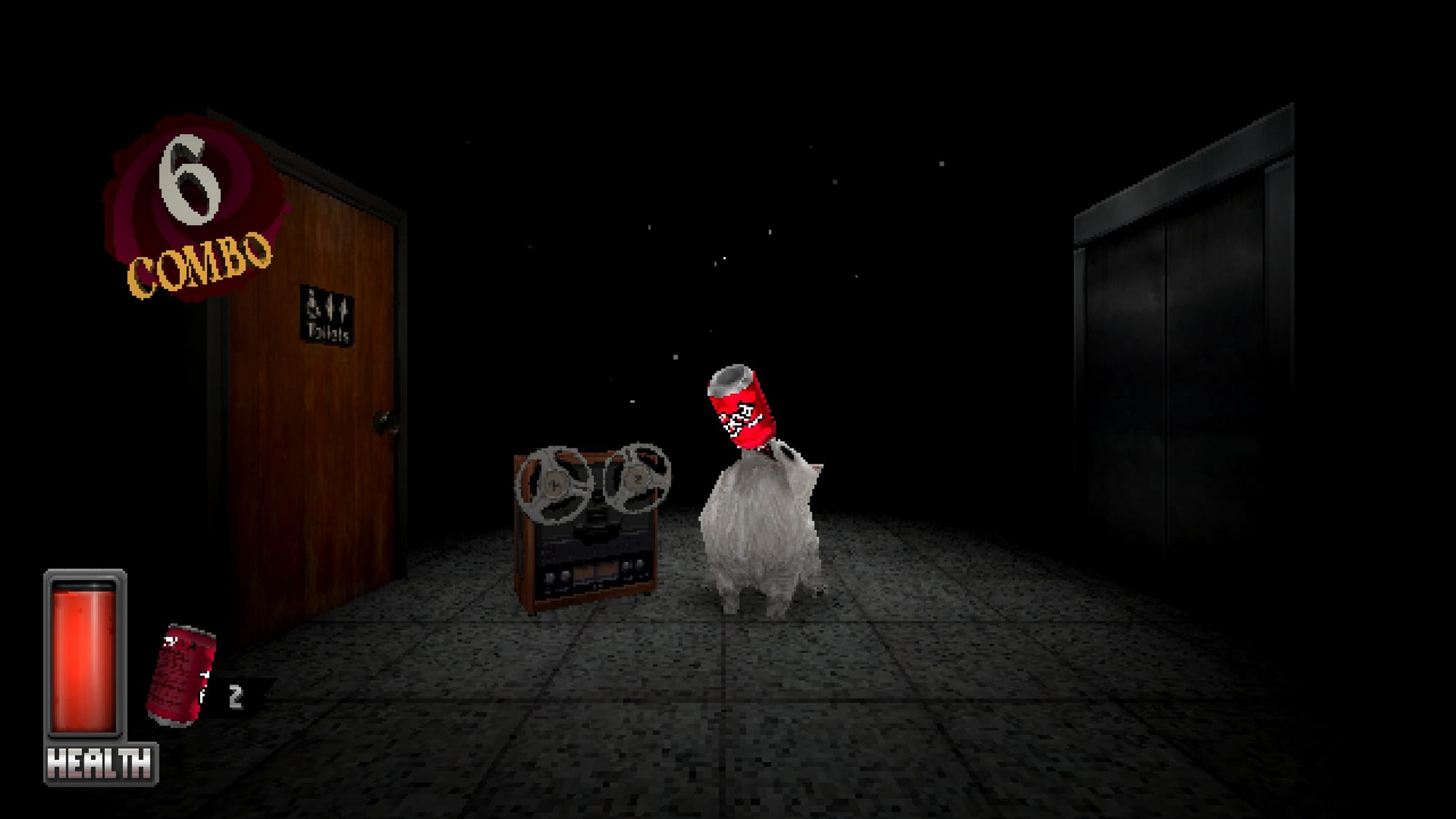
Not unlike a digital cowboy, I like to round up a herd of games at the end of the month and write about them, here's some of the highlights from January. From kicking cultists in CRUEL to crying over another six-slot inventory in Dead of Darkness, there's a lot to like.
CRUEL
CRUEL is an enigmatic little game. If you were to take the grunge of Condemned: Criminal Origins, the speed and movement of a game like Severed Steel and a whiff of the roguelike formula you’d be approaching what CRUEL is but the pieces aren’t all there yet.
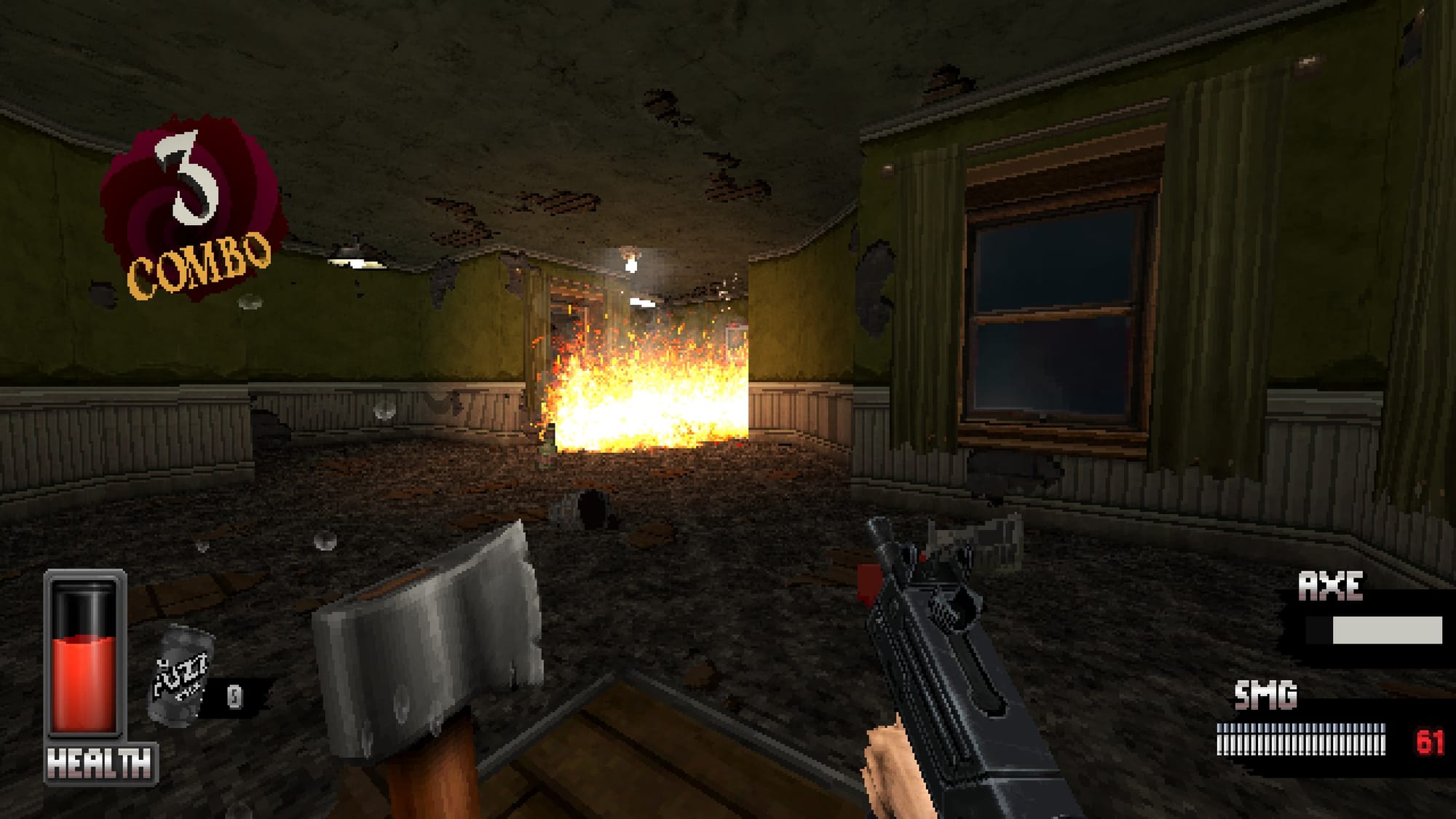
You start your run in an elevator. Not long after departing, a fire breaks out and begins to spread through the level. It’s a creative incentive to keep the player moving. You don’t open doors, you kick them down; sliding gives you a massive speed boost; kicking enemies sends them flying to the other side of the room or through windows. It’s chaotic, it’s rhythmic and it’s fun. The low-fidelity graphics ensure that it runs silky smooth and having just invested in a 360Hz monitor this has been a real feast for the eyes.
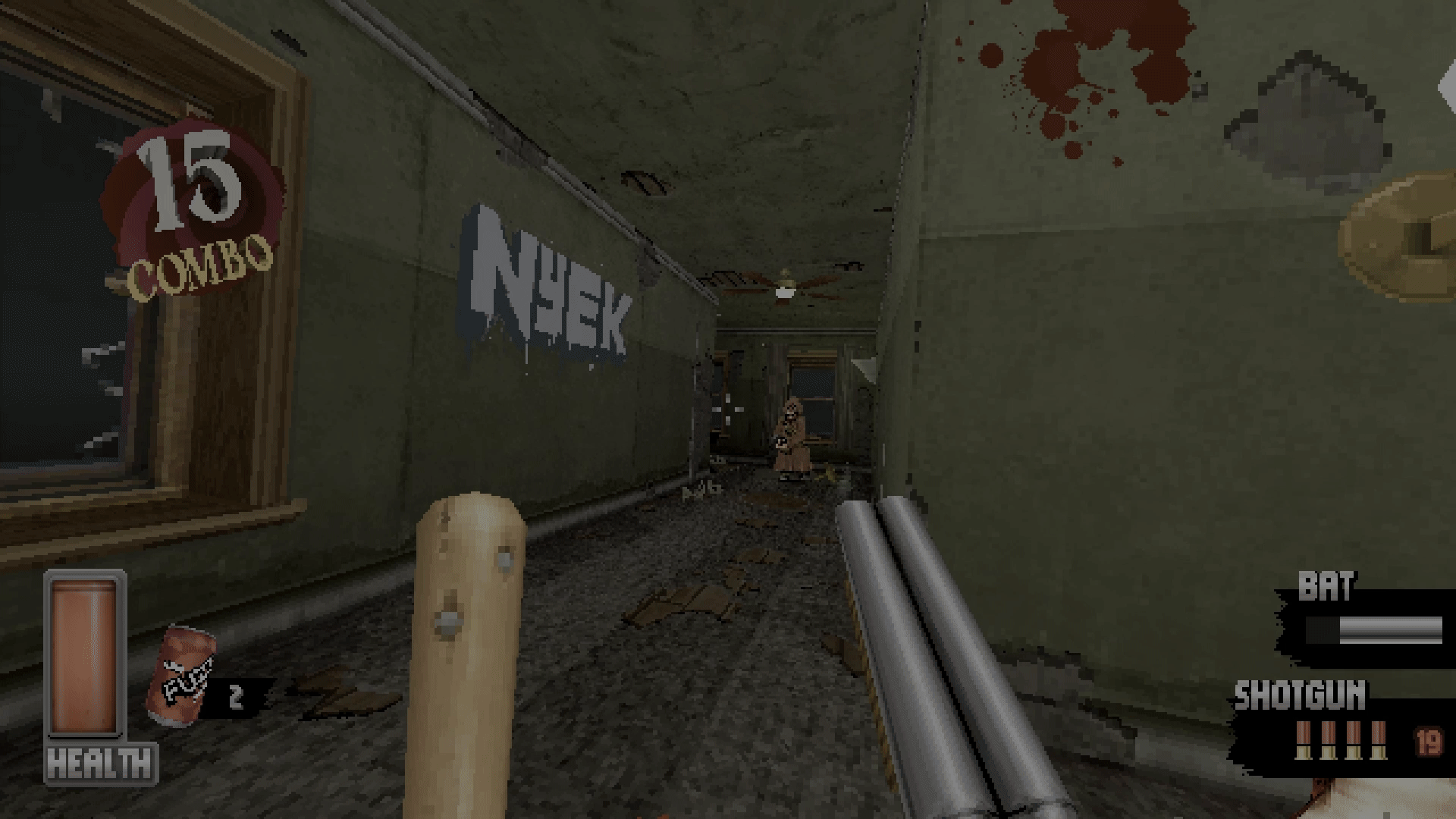
Everything in CRUEL has been built around style and speed. Melee weapons have a satisfying heft to them and can be thrown at a high velocity to part cultists’ heads from their shoulders. Guns have a weighty kick to them, sending enemies hurtling through the air. The cherry on top, if you try to reload a full weapon you flip it instead. Forget the rule of cool, this is all about the rule of CRUEL. If CRUEL fucks; it fucks loud, it fucks often and it fucks with the door open.
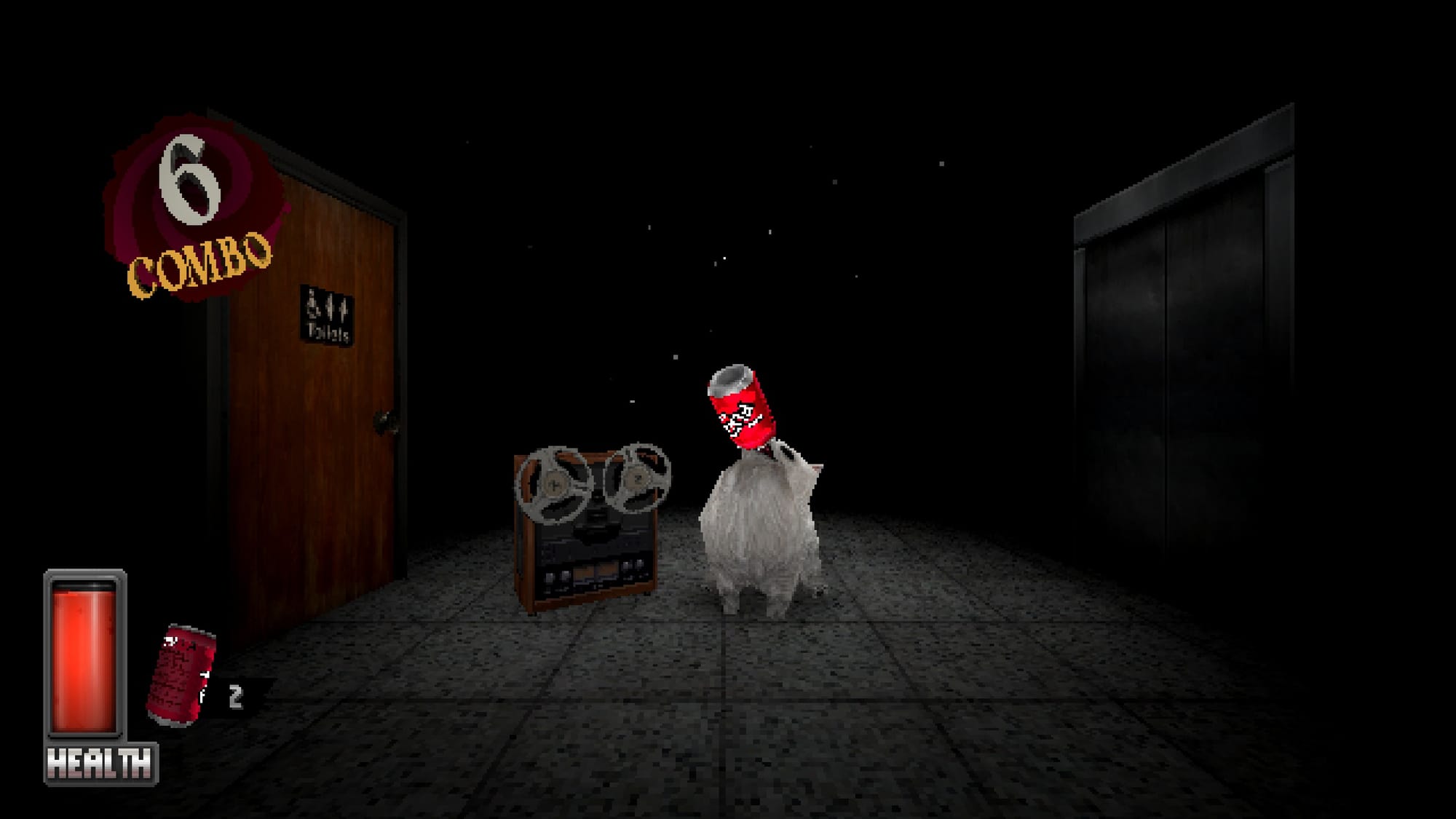
Enemies come in all sorts of shapes and sizes–whether it’s your bog-standard cultist, a chainsaw-wielding maniac or an SMG-toting pig monster. It reminds me of Duke Nukem 3D and games of that era which erred towards a sort of ultra-violent Saturday morning cartoon. The music is a high-intensity industrial synth-wave that gets the blood up, reminding me a lot of the band Sound Stabs. CRUEL melts down all of these base components into a primordial ooze, then serves it to you in a half-full glass of dry whiskey that already has a few cigarette butts in it. It’s an absolute blast and well worth the AU$14.50 I paid for it.
Dead of Darkness
Dead of Darkness is a top-down pixel art survival horror with resource management, puzzles galore, horrific enemies and not just one extravagant Spencer-like manor, but several to explore. Dead of Darkness joins games like Crow Country, Signals and You Will Die Here Tonight in the resurgence of the classic survival horror genre and like those that came before it, there’s a lot that’s familiar but also some fresh ideas that refine the formula and give it a unique take.
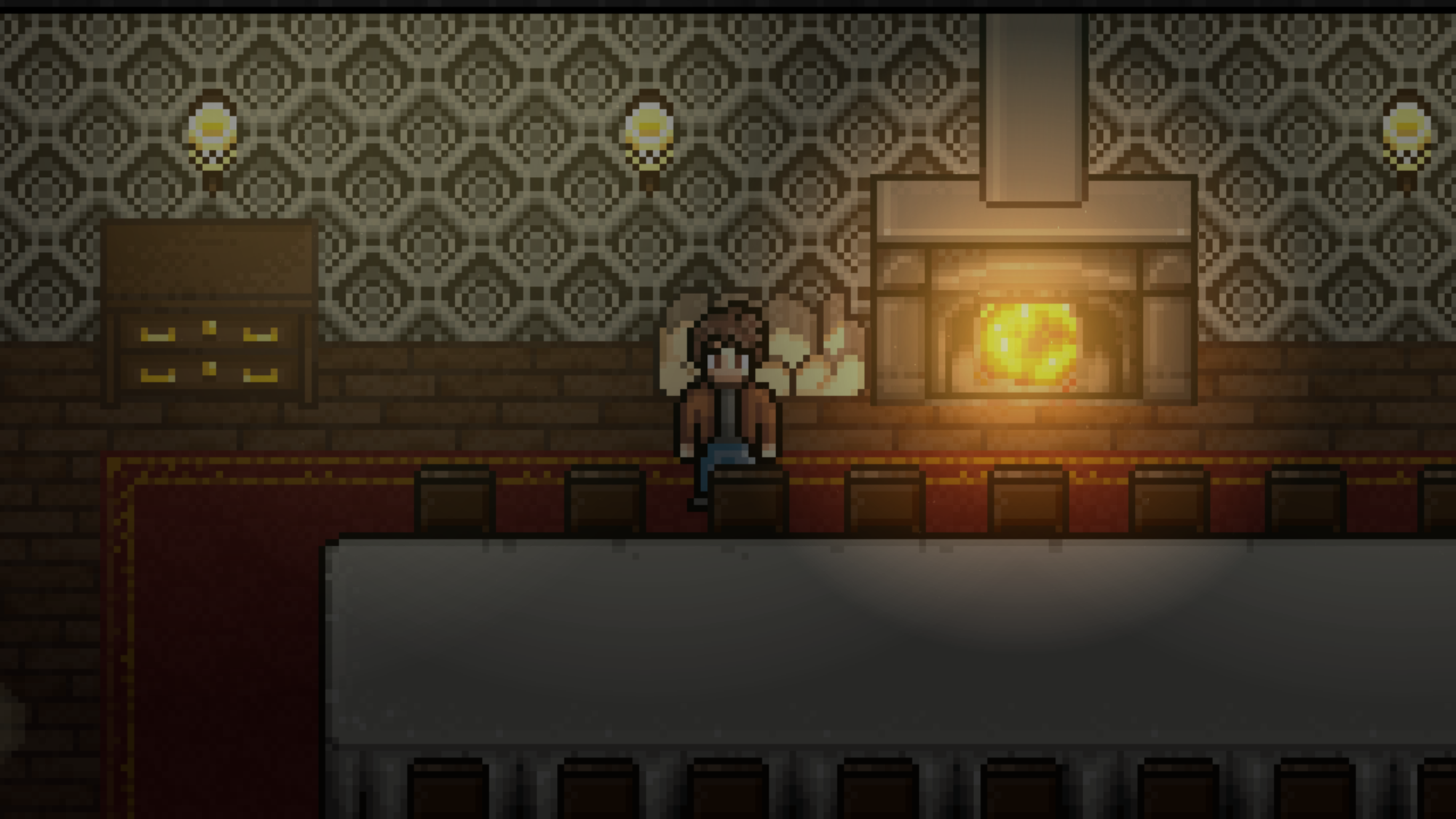
Dead of Darkness has several intricate areas to explore connected by an over-world map. It’s similar to Resident Evil Village with the core difference being that you’ll often find yourself coming back to areas you’ve been to before with new tools or keys to access areas you couldn’t crack into before. The game creates a lot of intrigue this way and you’ll find yourself often making mental notes of areas you might want to come back to later. Puzzles are often solved with clues which are discovered by interacting with objects in the environment, notes you can find strewn about the place or speaking to other characters. Given the technical fidelity of the game and what could be accomplished with its style and perspective limitations, the clue system is a great way of adding depth to the puzzles you have to solve. You can even combine clues with other clues or items you klepto-manically add to your inventory.
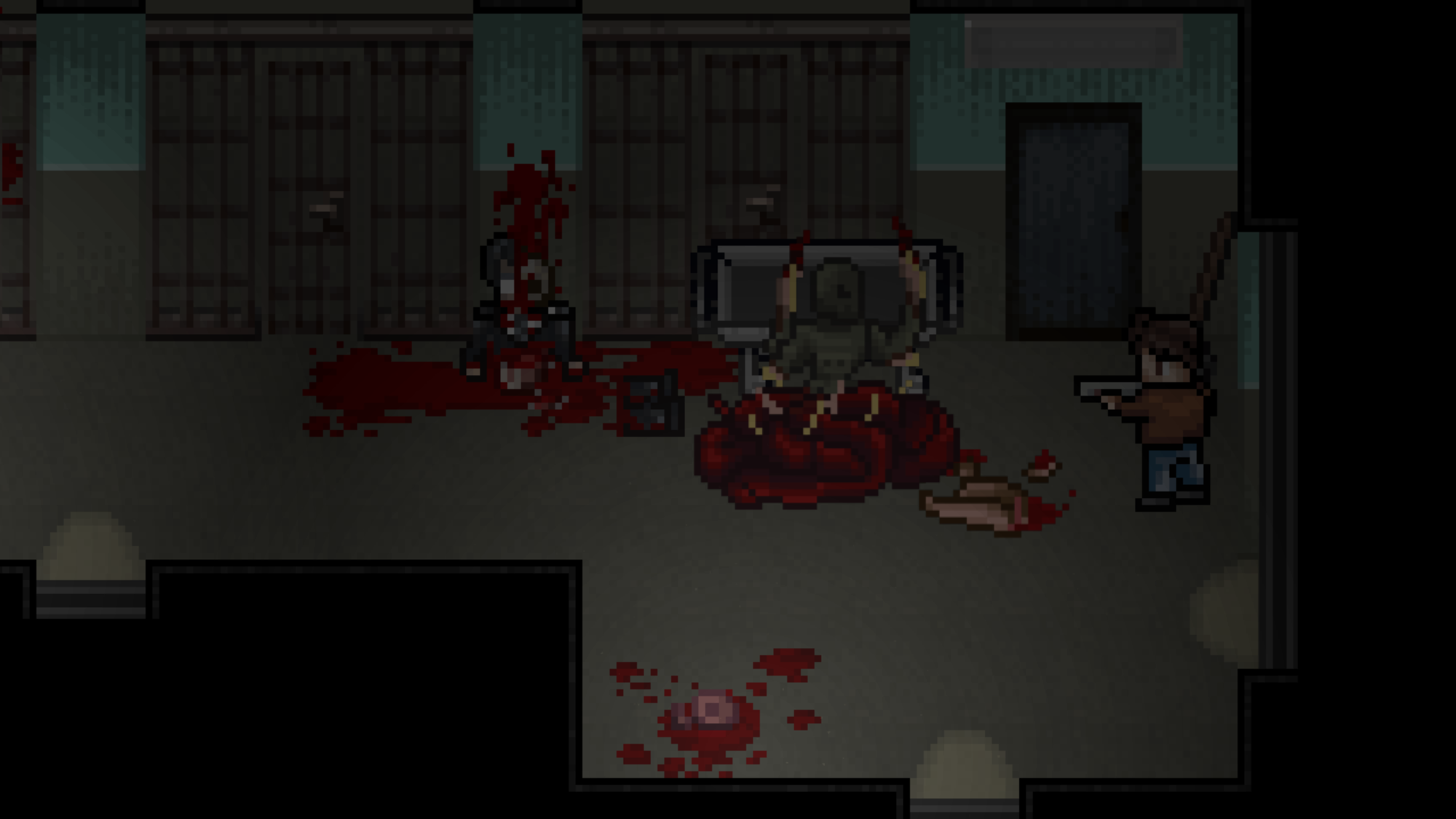
Dead of Darkness wasn’t too challenging, I was able to get through most encounters largely unscathed by kiting enemies or in the worst case scenario taking a chomp to the throat before quickly running away like a big damn hero. Resources are well spaced out, giving you neither too much nor too little at the right times. Dead of Darkness also tracks your character's mental state but I never really noticed any effect on gameplay. If it was tracking my mental state then it vastly overestimated me.
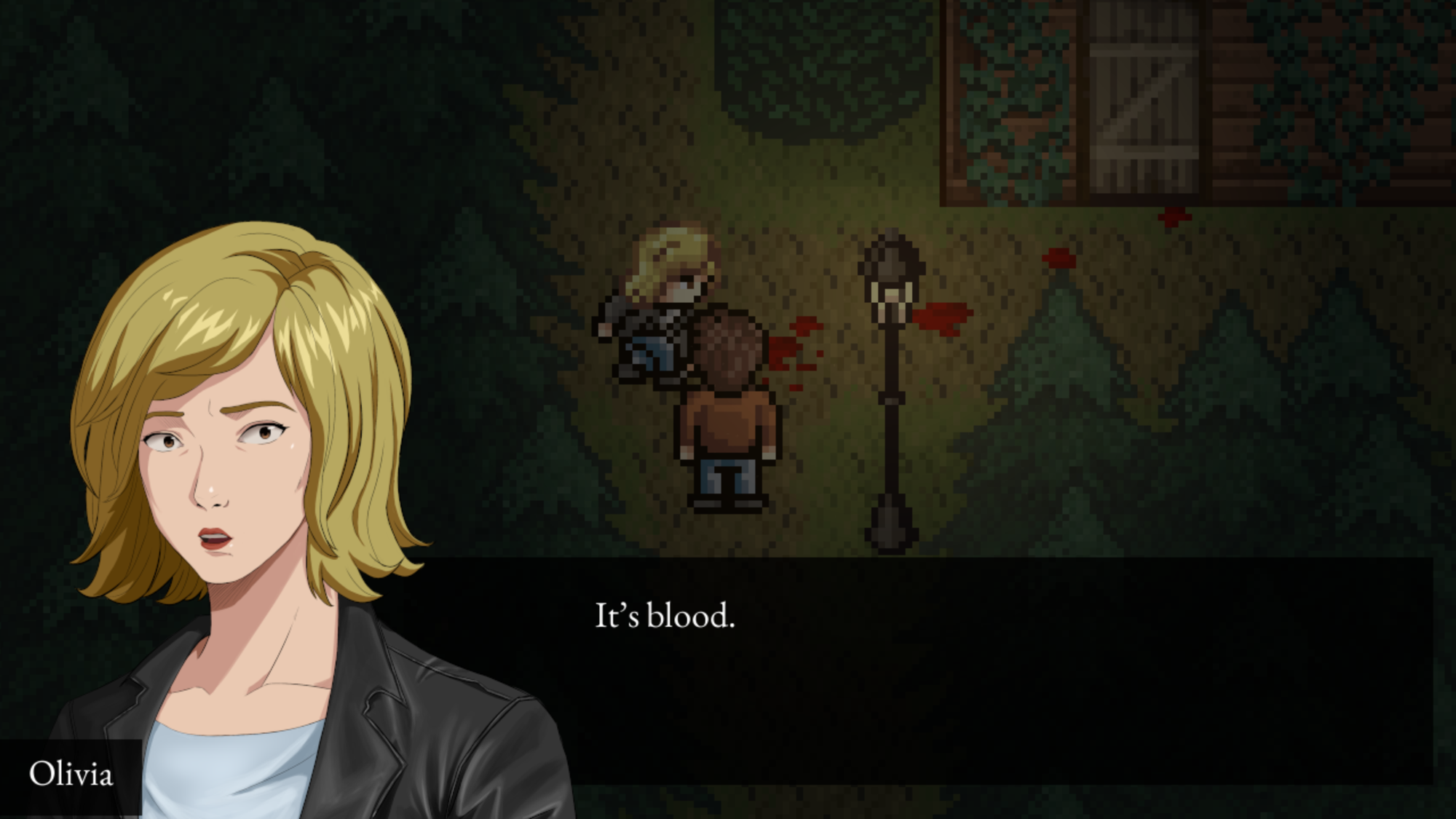
One of the biggest surpirses is that the game is fully voice-acted. The voice acting is stellar too. The writing is mostly fine with some bits falling a bit short but you’d hardly even notice since the performances are really convincing and the actors realise their characters very well. As a debut game for the developer, Dead of Darkness is a strong start with hopefully more to follow in the future. If you’re a fan of classic survival horror and six-slot inventories, this game is well-equipped to lead you through the Dead of Darkness assuming you still have room for the lantern.
Blade Chimera
This was a tough one for me. On the one hand, Blade Chimera is an innovative Metroidvania that puts the player’s freedom of exploration at the forefront. A lot of similar games will let you waltz around their inter-connected open-worlds with tantalisingly off-limits areas you’ll have to come back to at a later time with new abilities. Blade Chimera gives you most of the tools you need to explore its world straight away. At times that freedom can be great, but the structure of the game’s story and missions are still linear meaning you have the freedom to explore anywhere but not necessarily to do anything when you get there.

While the freedom is refreshing in the genre, I also feel that the level design was lacking a bit. A lot of screens in this game are long, flat hallways filled with the same enemies. Different areas will have different enemies but most screens will only have one or two enemy types which usually don’t have much synergy with each other. So you sort of blitz through each screen mashing attack buttons and never really needing to be careful or form a cohesive strategy. Not all areas or screens are like this but there were enough for me to take notice.
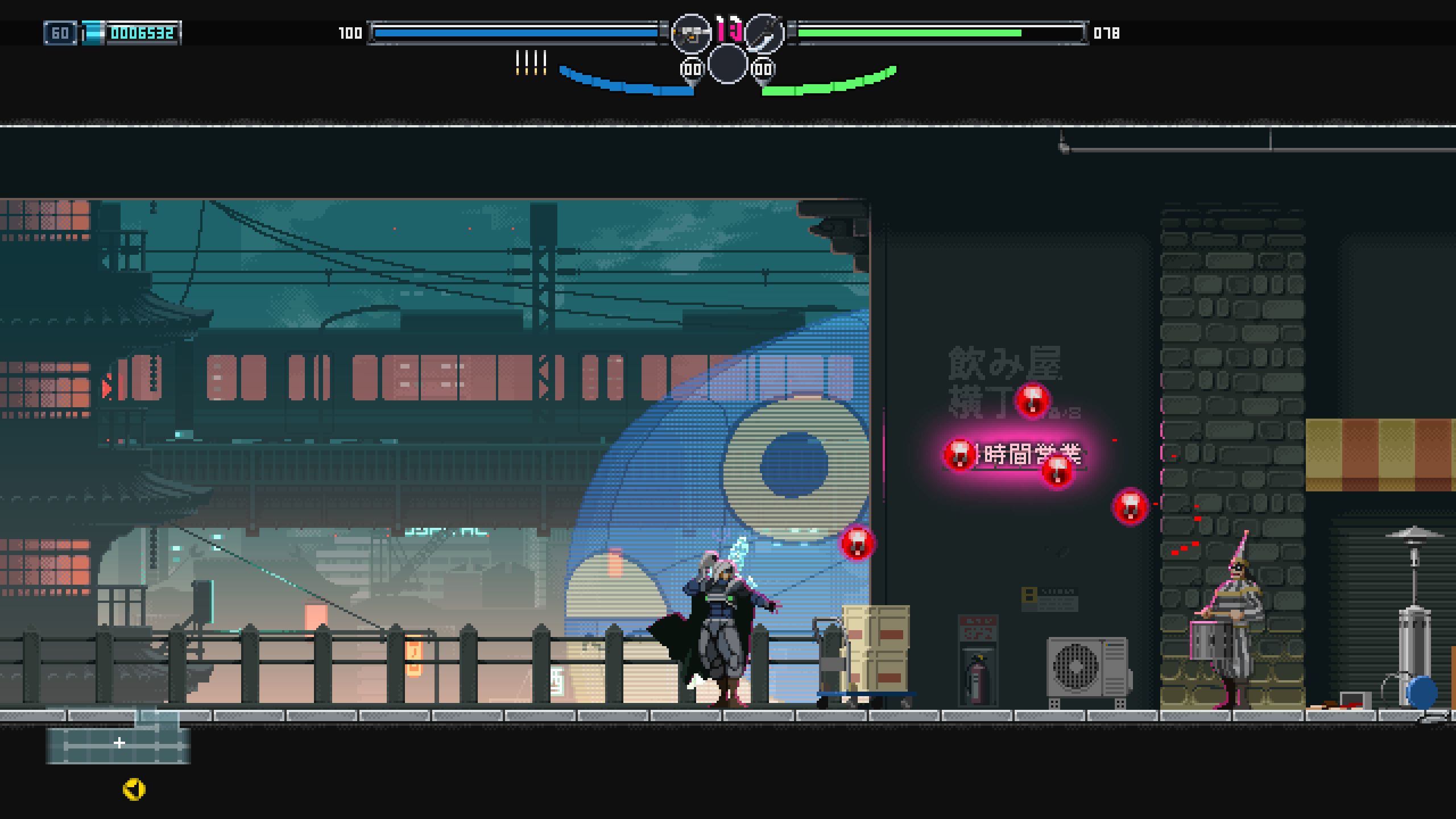
There’s a lot to like about Blade Chimera. It’s absolutely gorgeous. The pixel art is vibrant and detailed, with a range of lighting effects applied to environments that can create really beautiful moments where characters are edge-lit by neon lights. The UI and game feel are well developed too, levelling up for example, slows time down to a crawl after you’ve just killed an enemy and a slick UI animation plays telling you your new level. Movement and combat animations feel fluid and responsive, especially when you’re using a giant ass cleaver to deliver swift annihilation to the rank-and-file demon creeps you’ll come across. I’d love to see enemies get sent flying after I attack them, or for them to do anything other than slowly crumble into dust after they’ve been defeated.

The plot is refreshingly straightforward without an over-reliance on lore dumps and expositon like some other games in the genre. For the most part, the game just lets the world remain unexplained; I don’t really need to know why demons exist or why my ghost sword can talk. The game metes out lore on a need-to-know basis and I don’t need to know. It’s hard to make a recommendation for Blade Chimera because it’s a bit of a mixed bag. The question is: does the good outweigh the bad? I think it does. I think that the ideas explored in Blade Chimera–especially its world design and approach to exploration–are well worth the occasional misstep. What I really hope this inspires is a more refined sequel with more creative level layouts, more energetic combat and more dangerous enemies. An extension of that open-ended philosophy applied to the world could also be applied to the narrative and mission design.
That’s a wrap for January 2025. February looks like it’s going to be a colossal month. Not only is Civilisation 7 coming out, which will dominate my life for the foreseeable future but so is Avowed and Date Everything! There are also a few more games from January that I want to check out, notably Butcher’s Creek and Eternal Strands.
